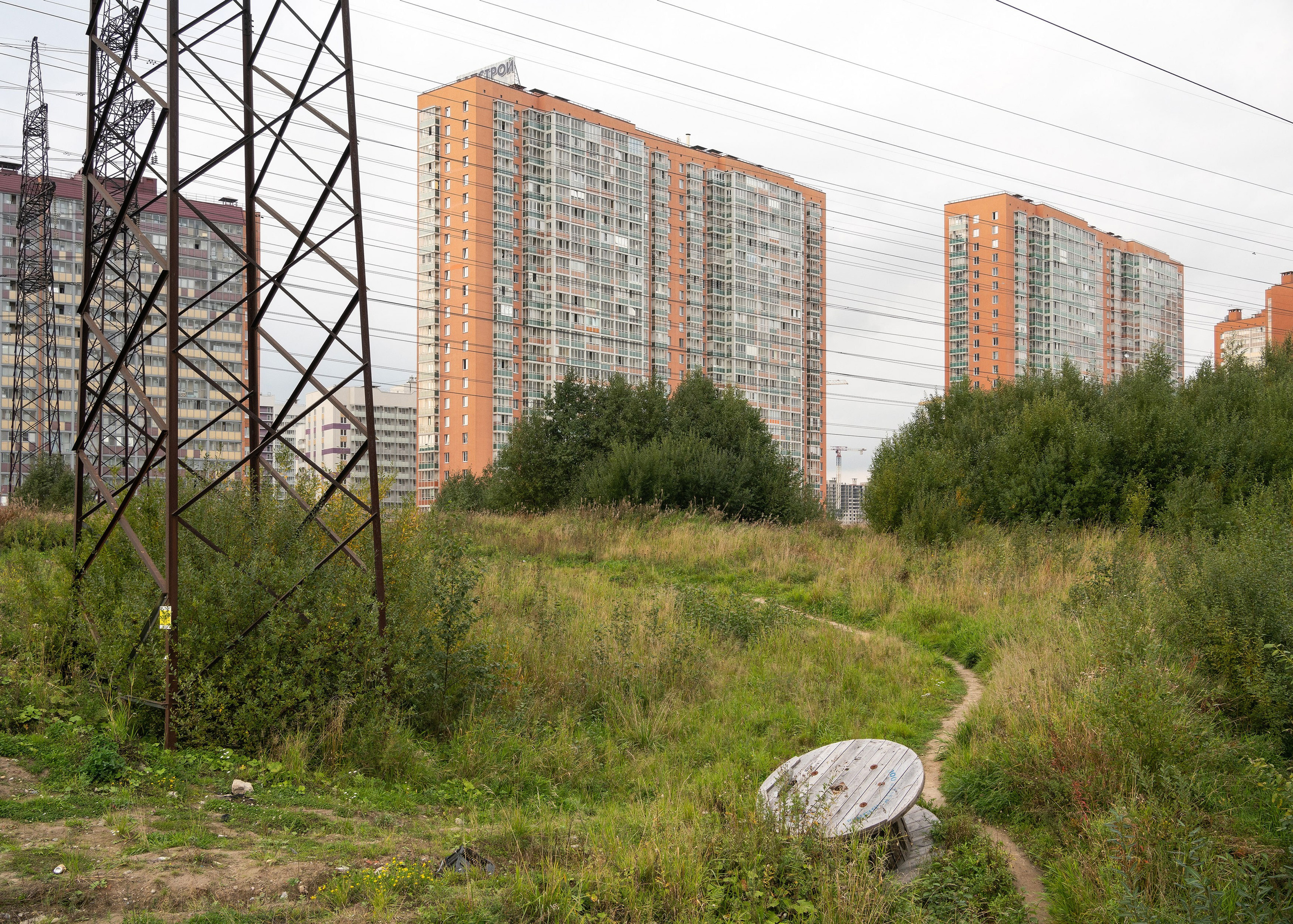
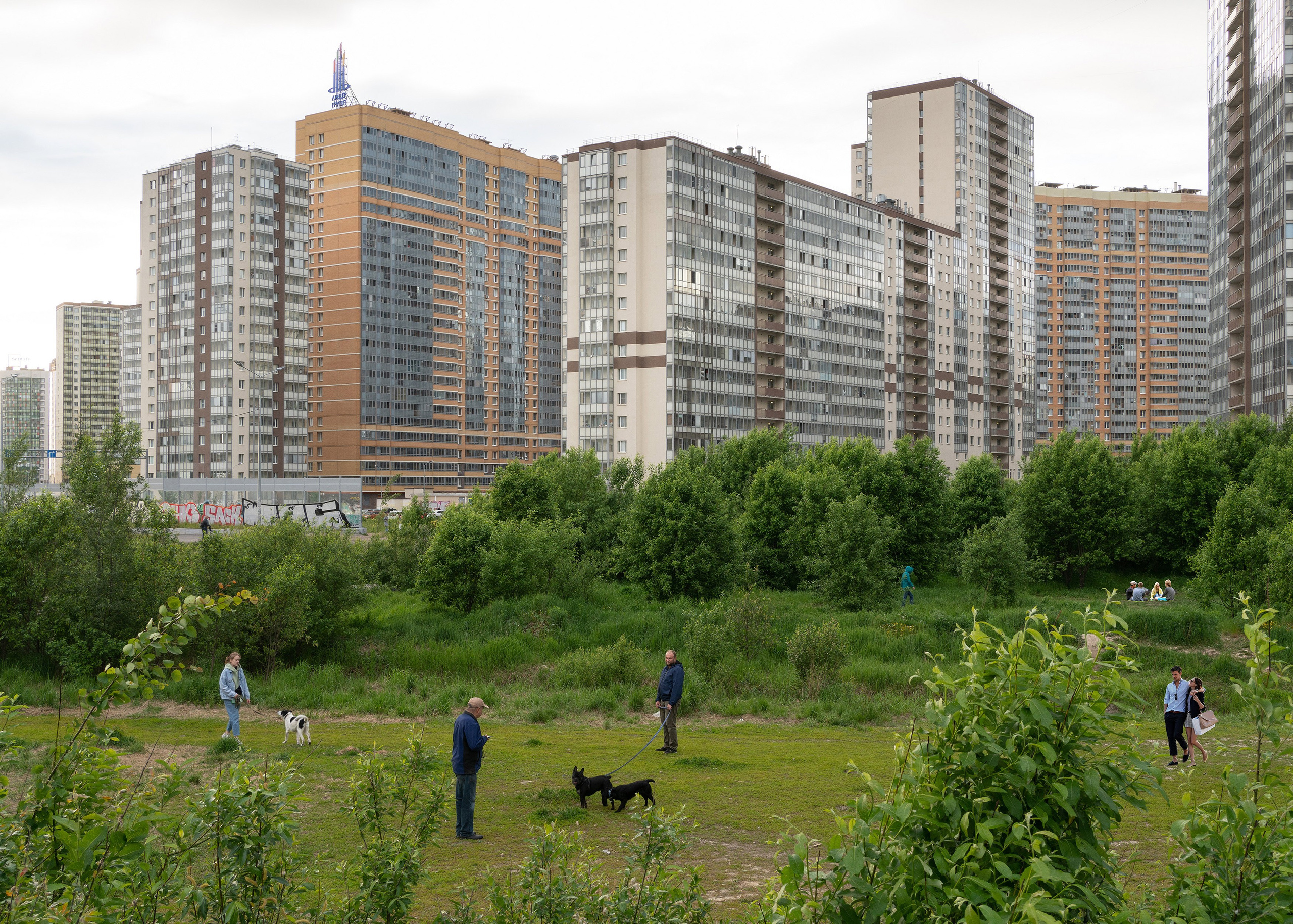
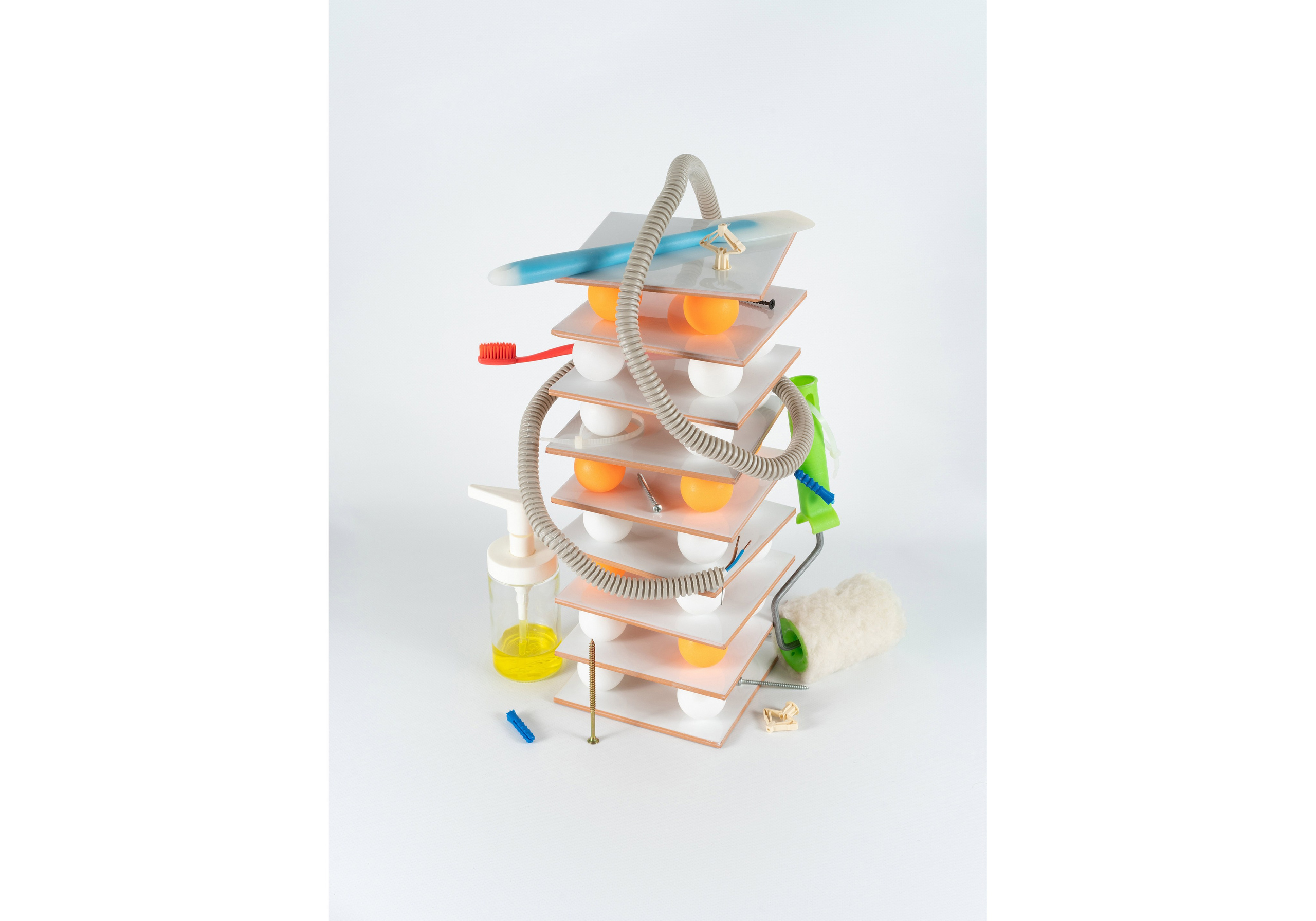
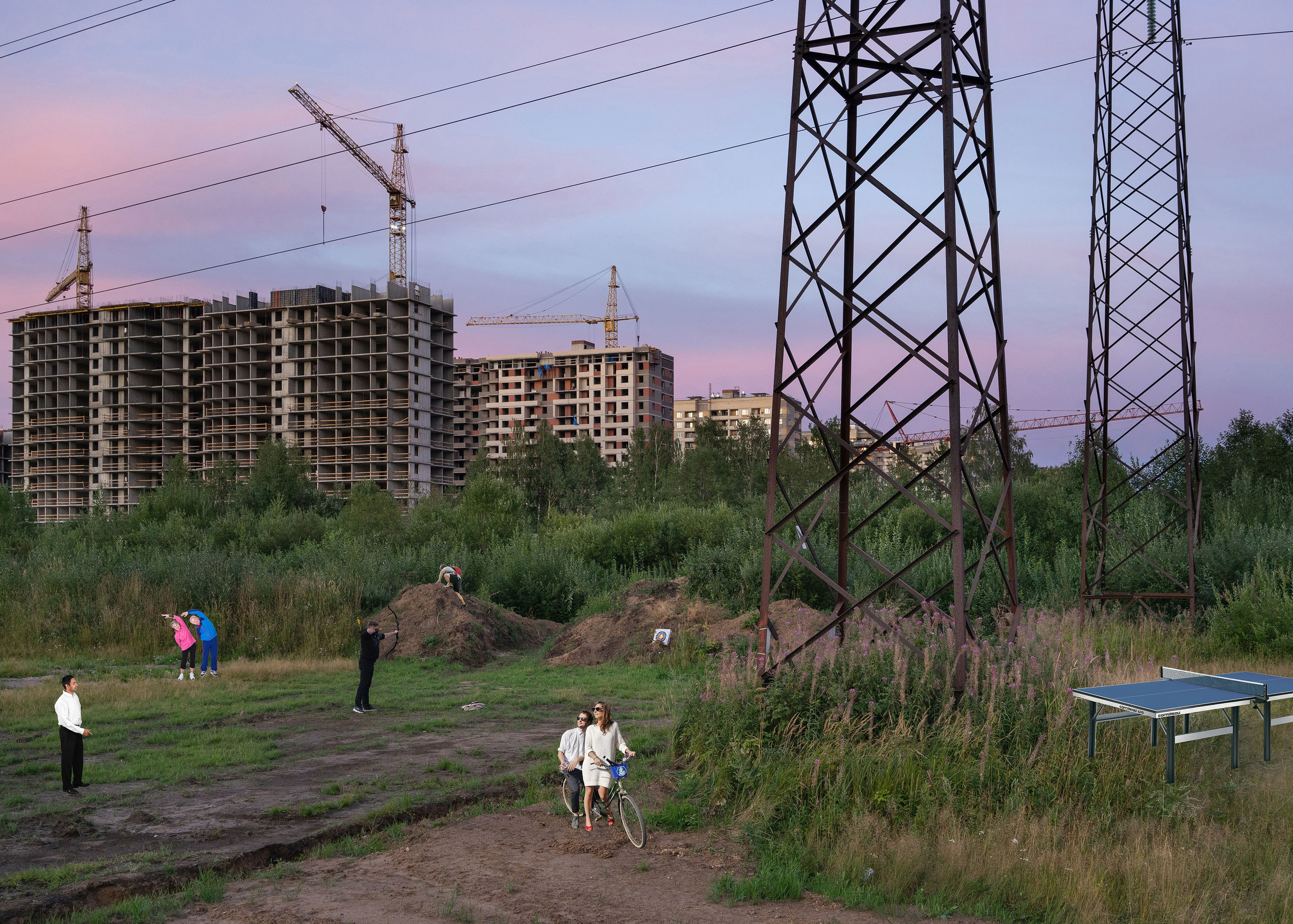

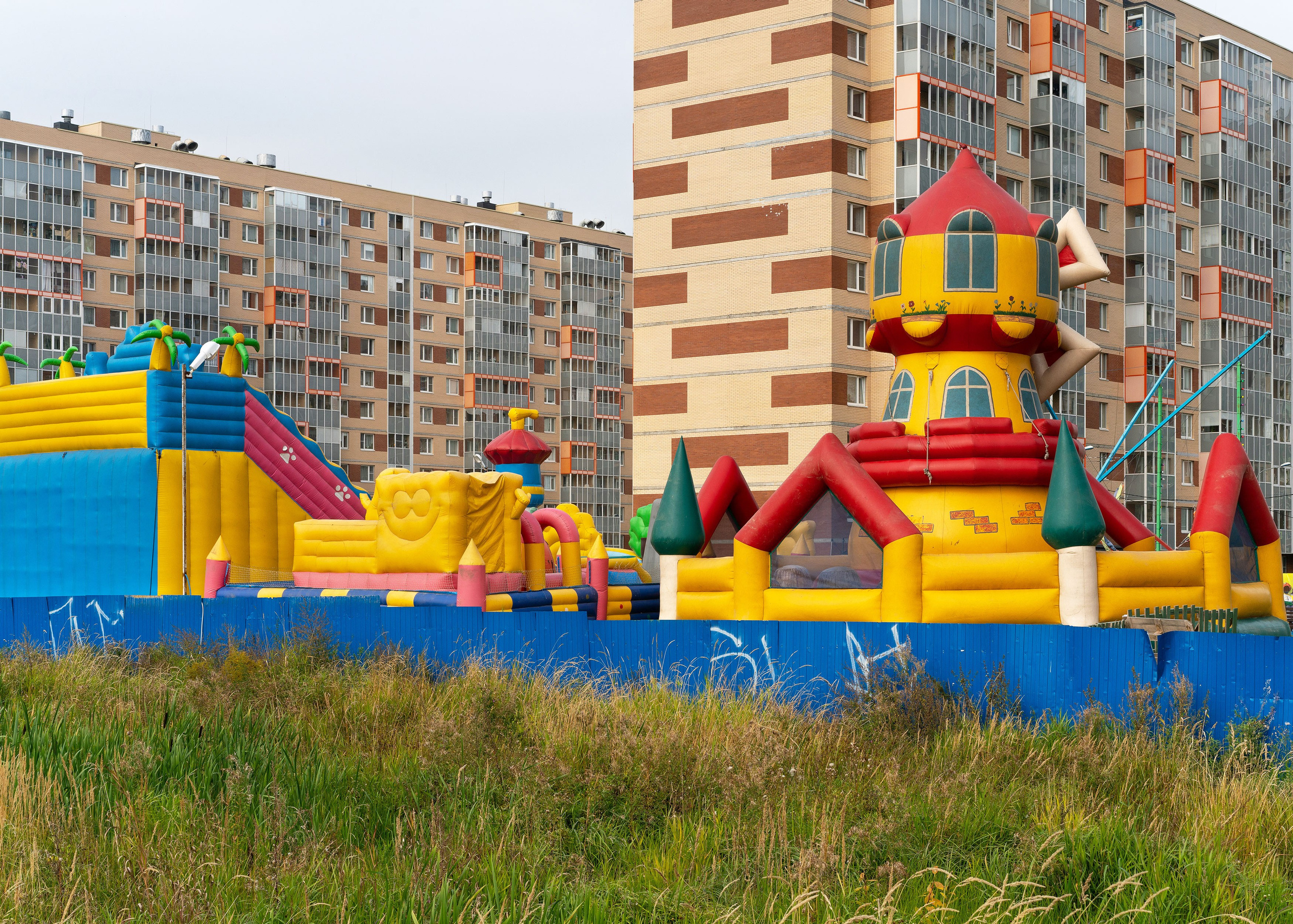
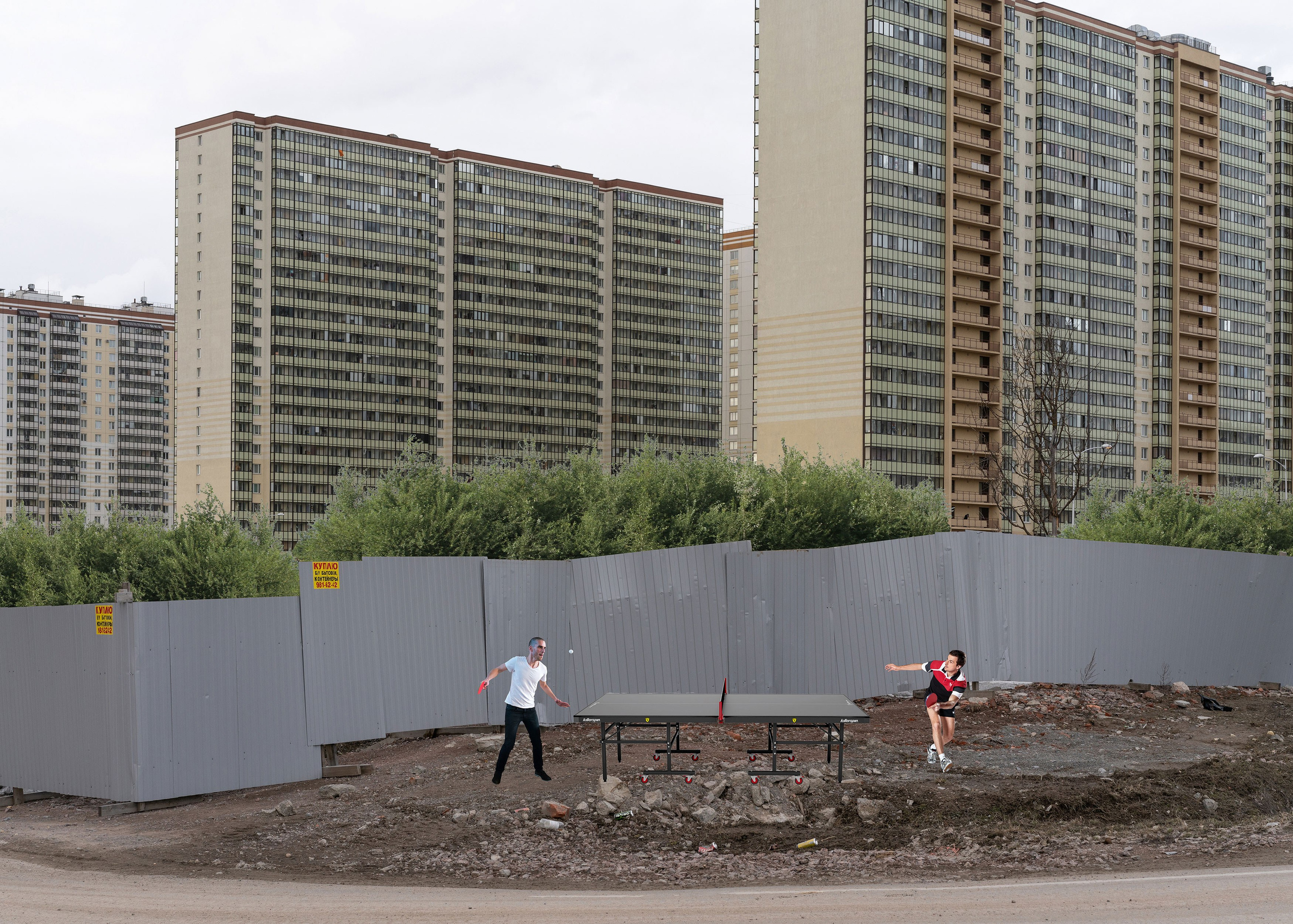
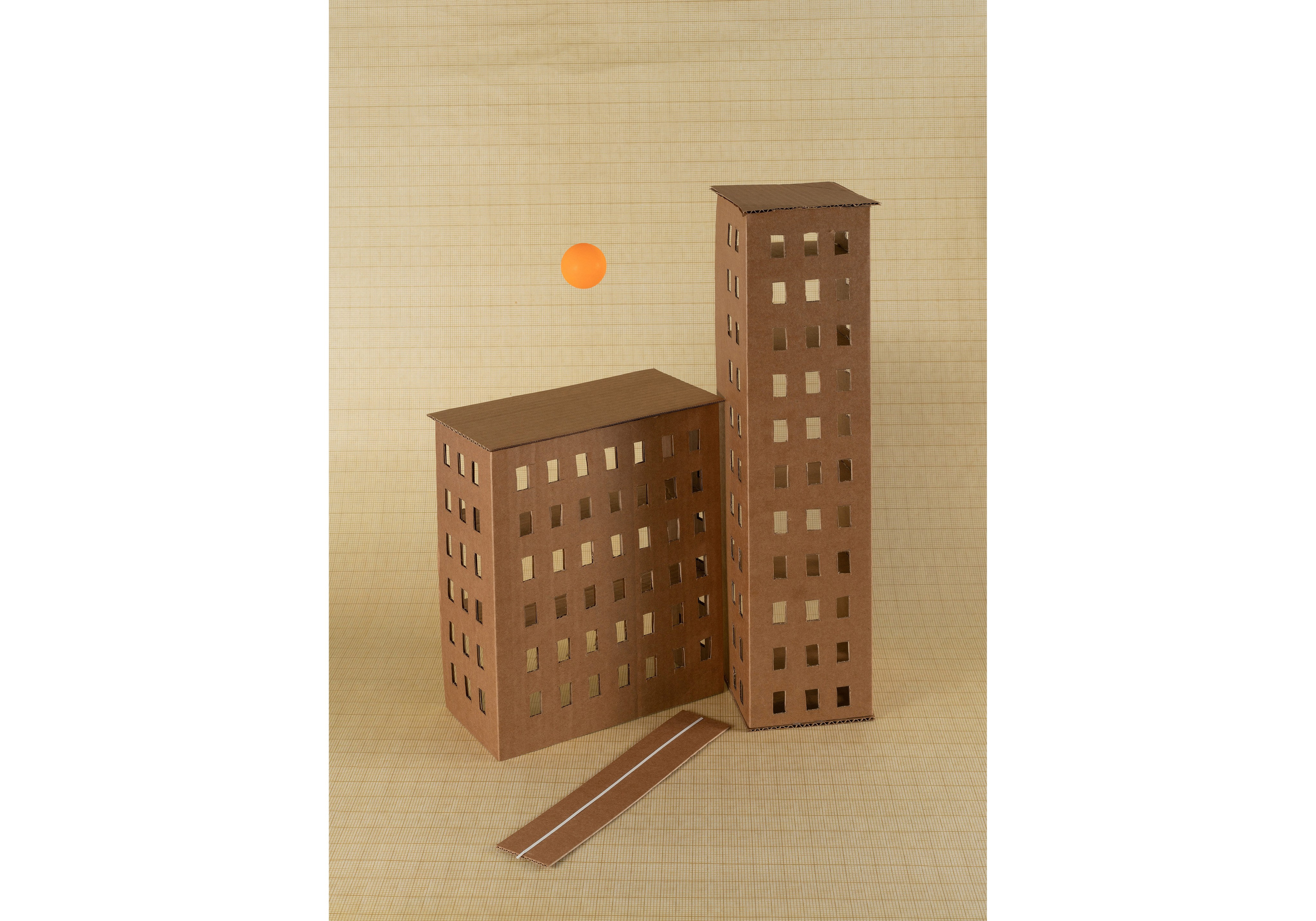
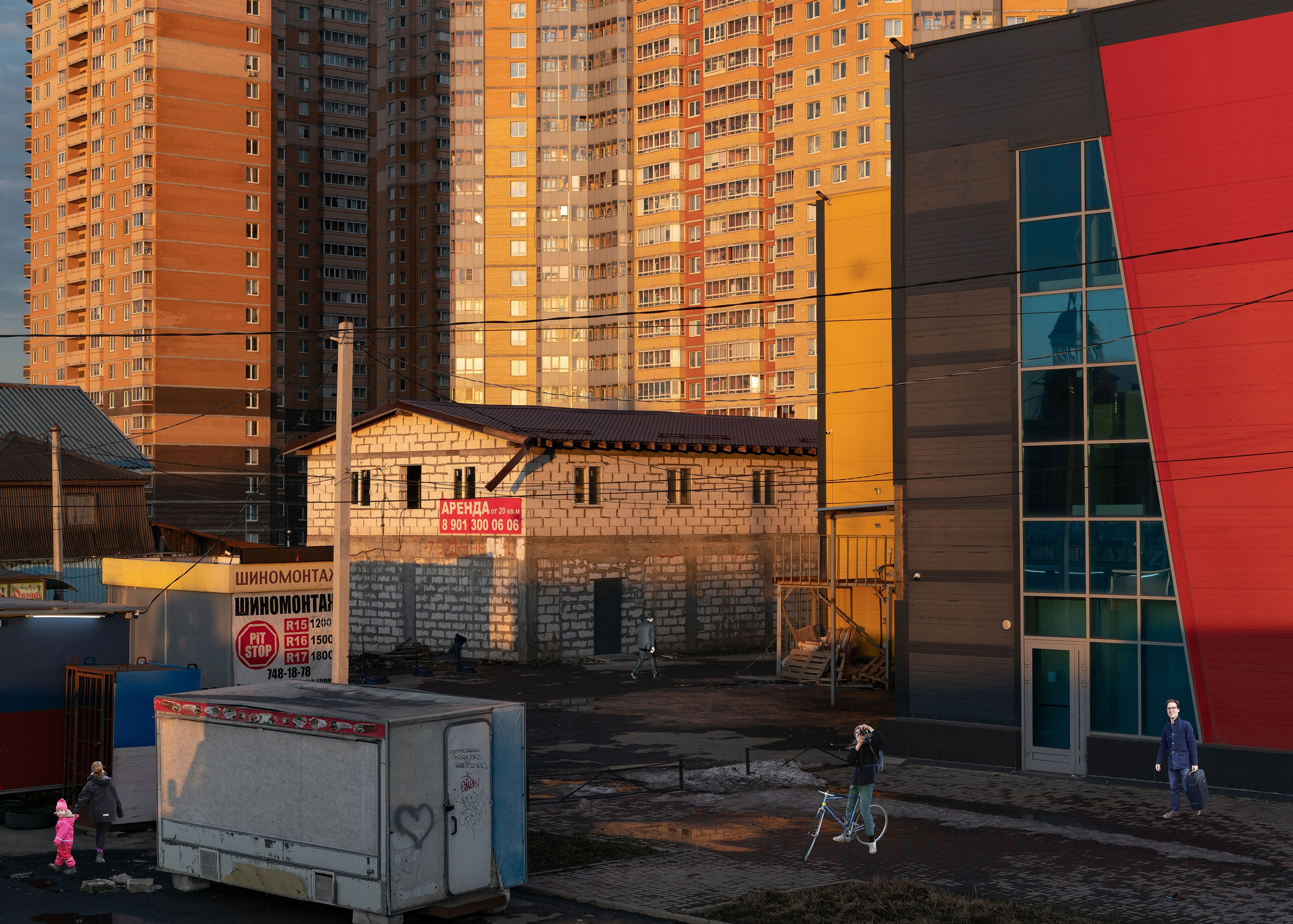
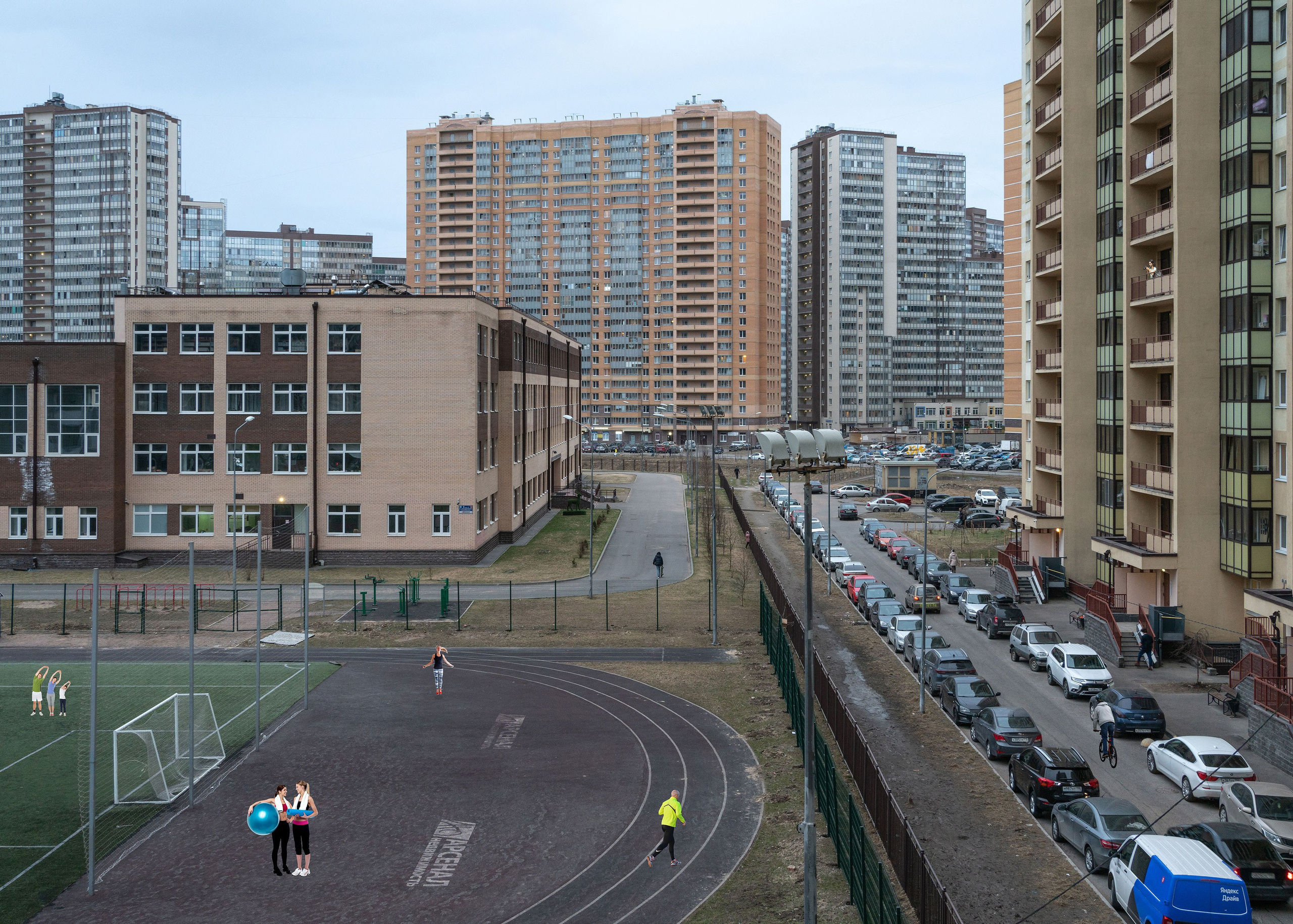
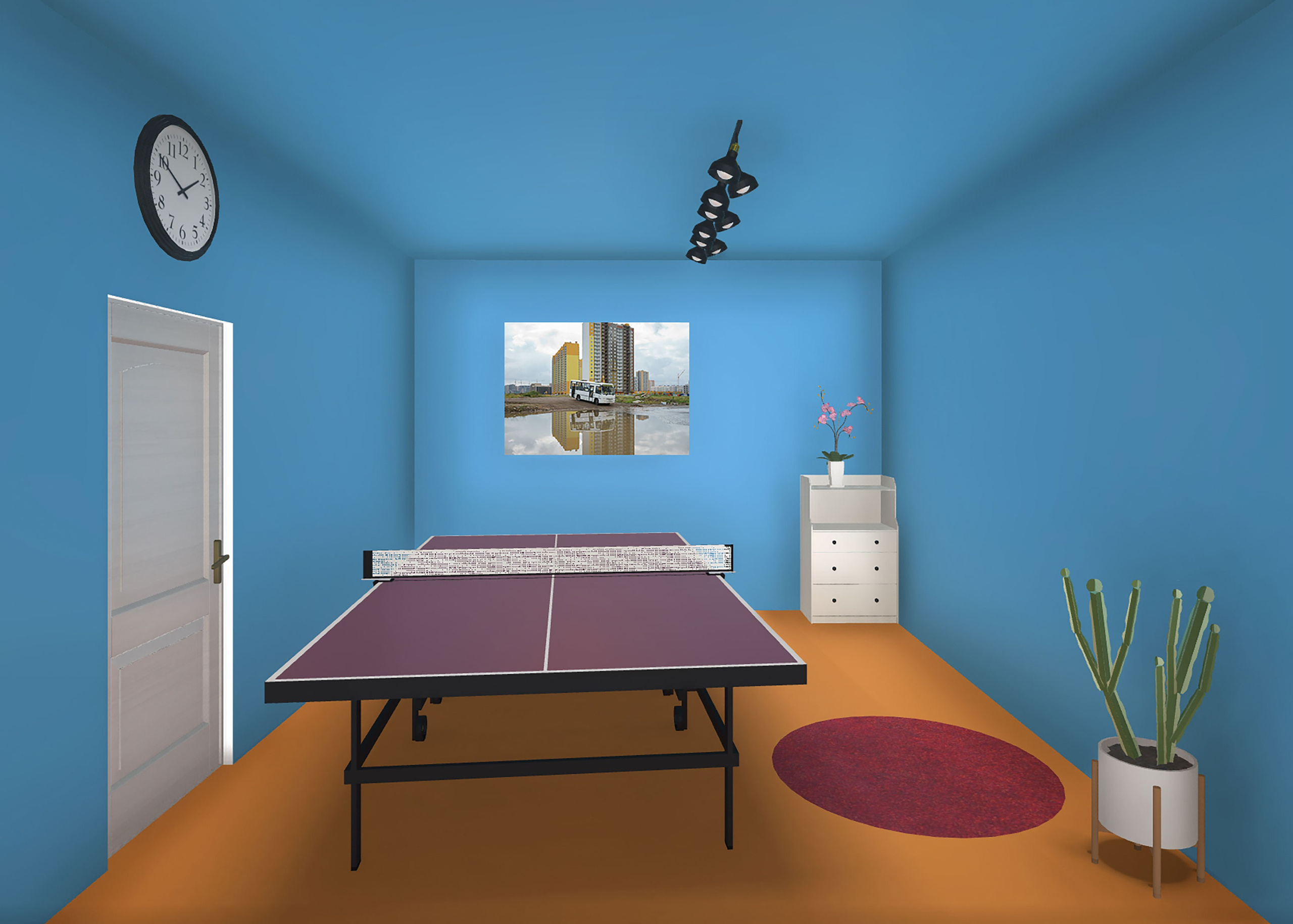
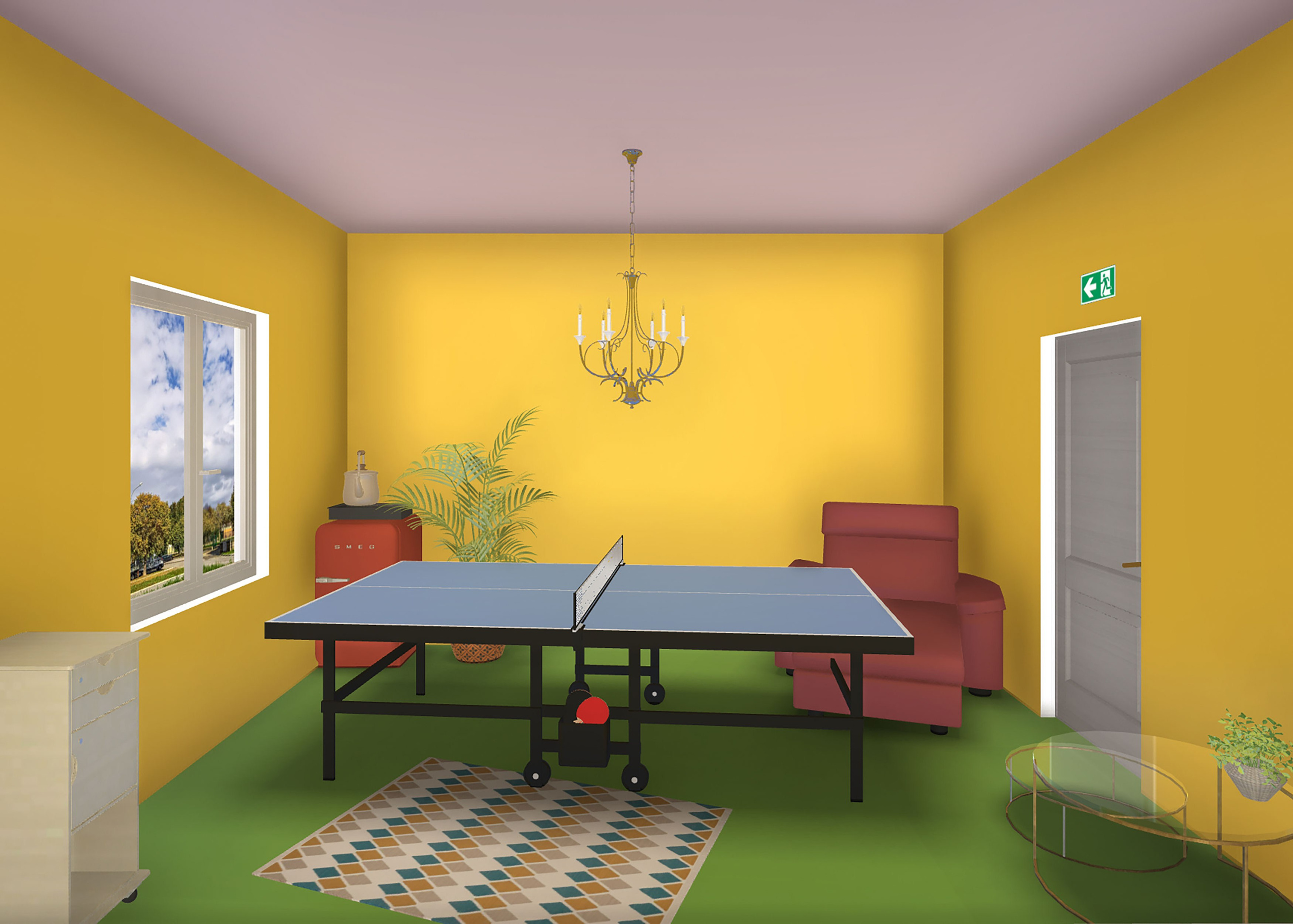
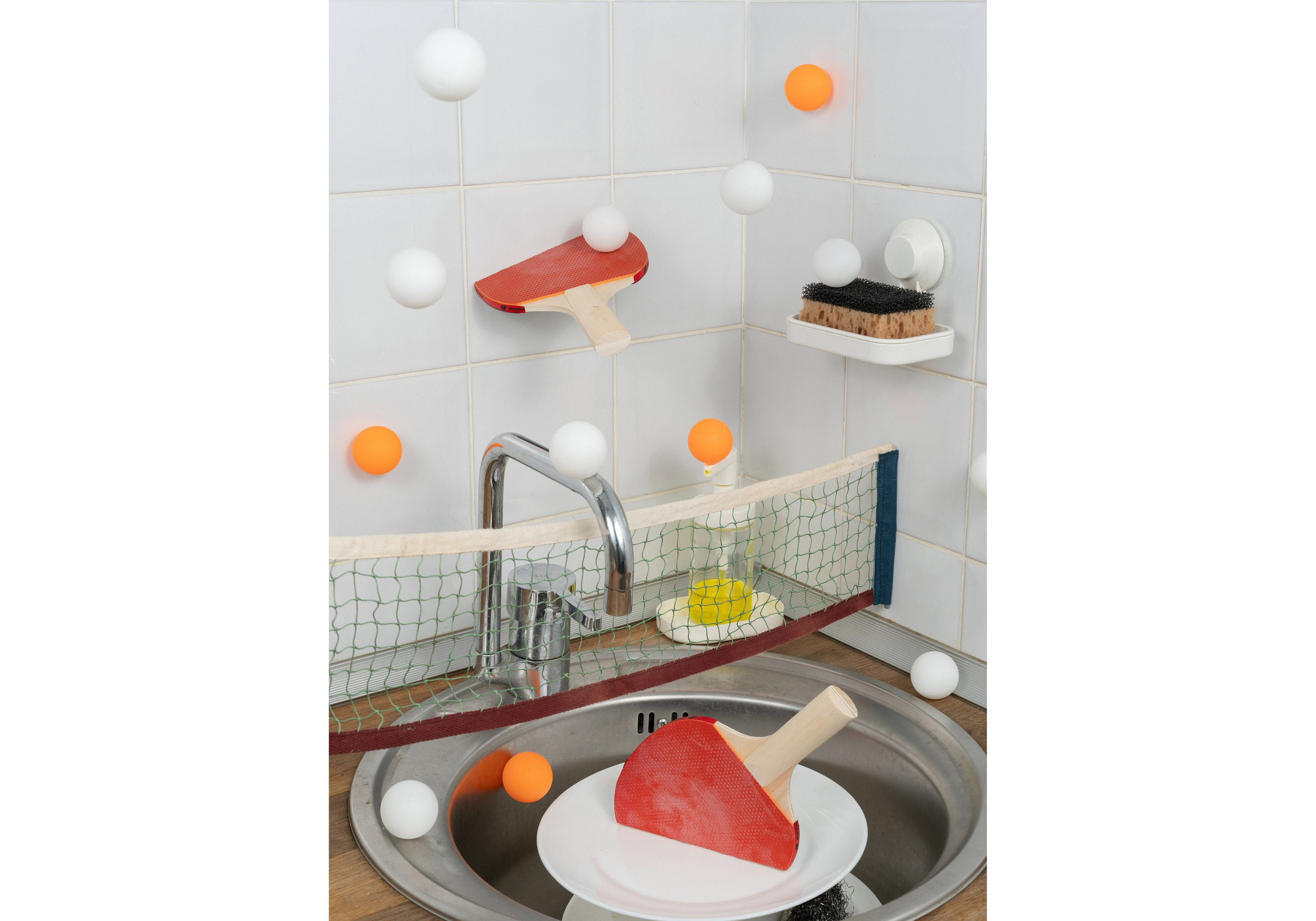
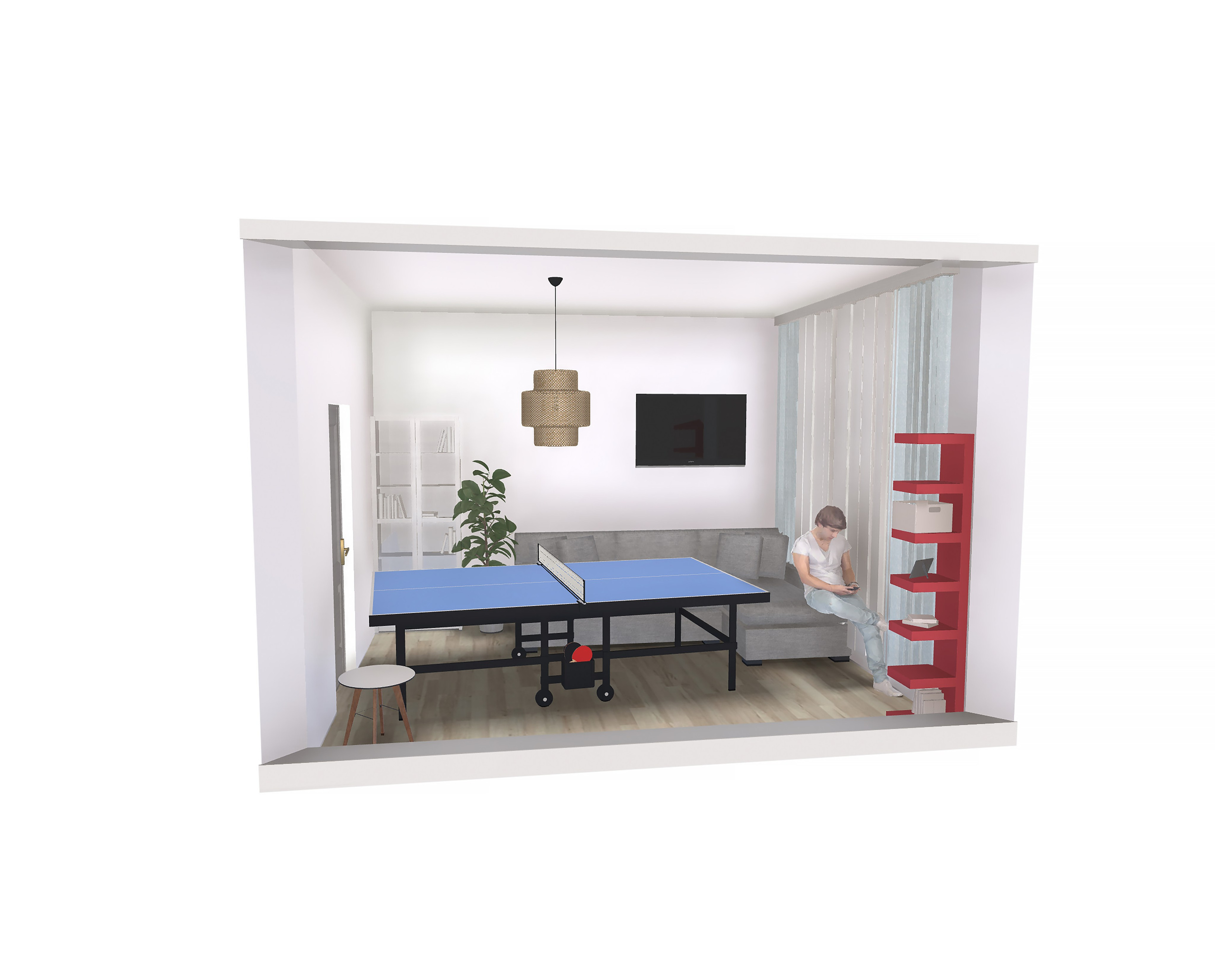
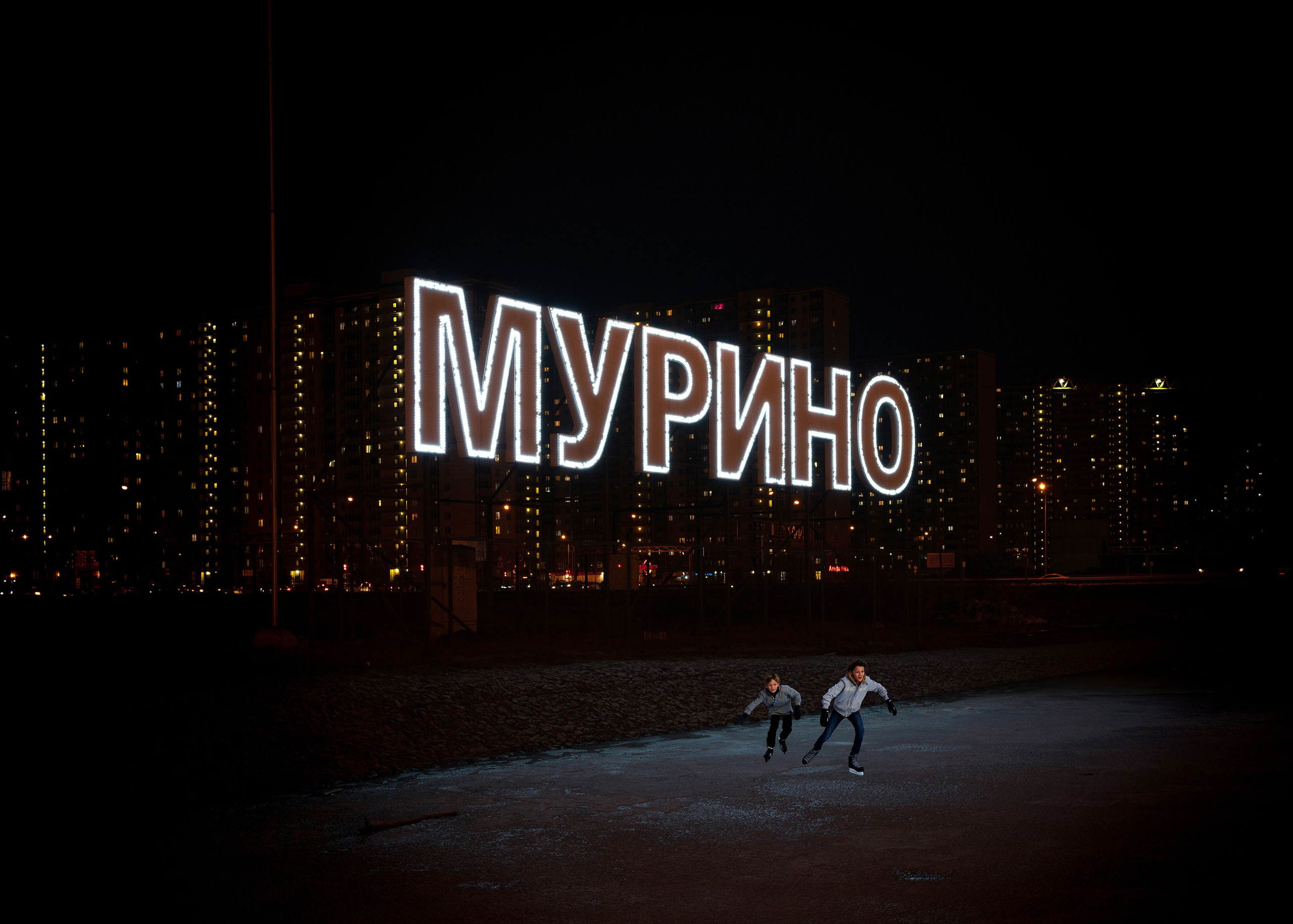
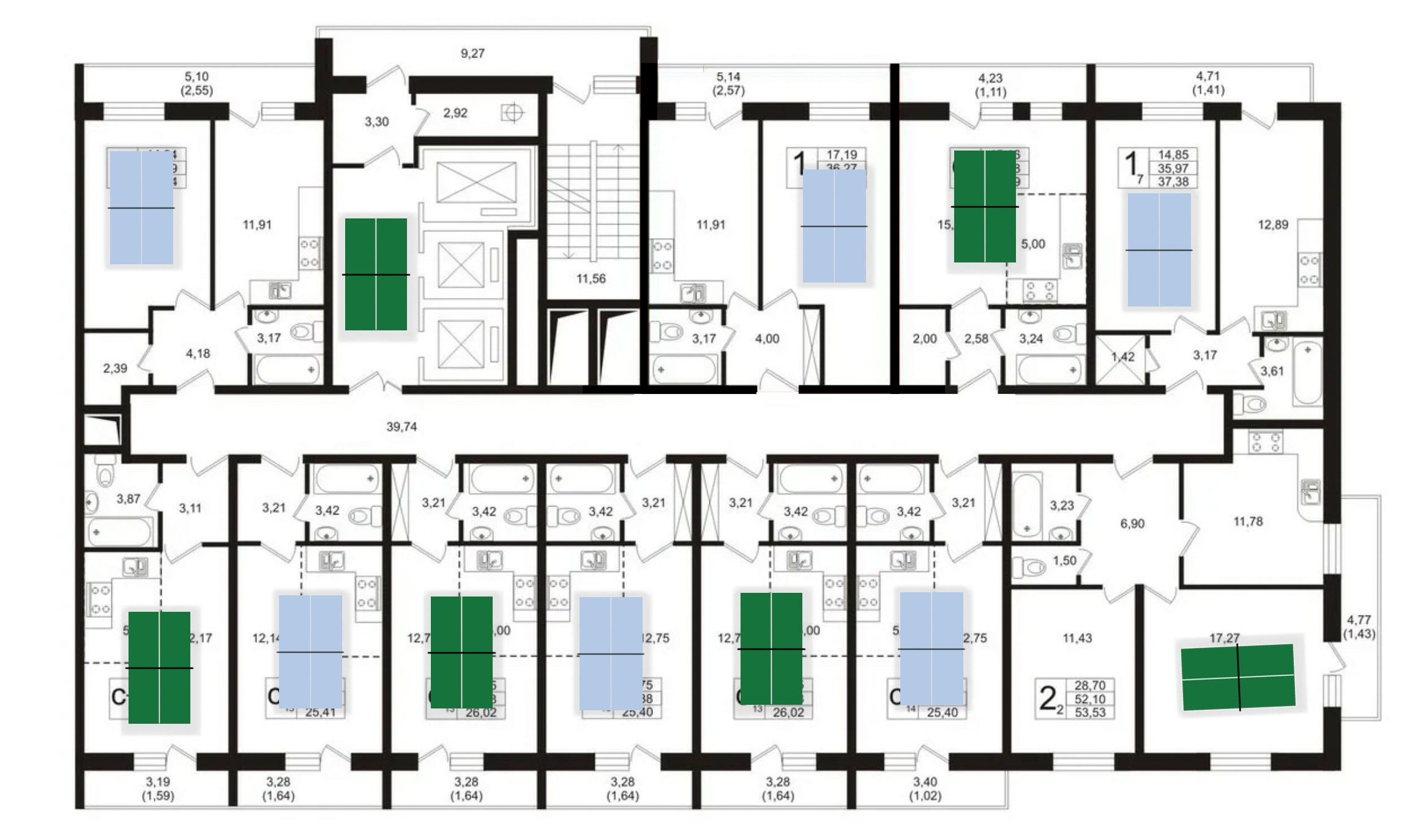
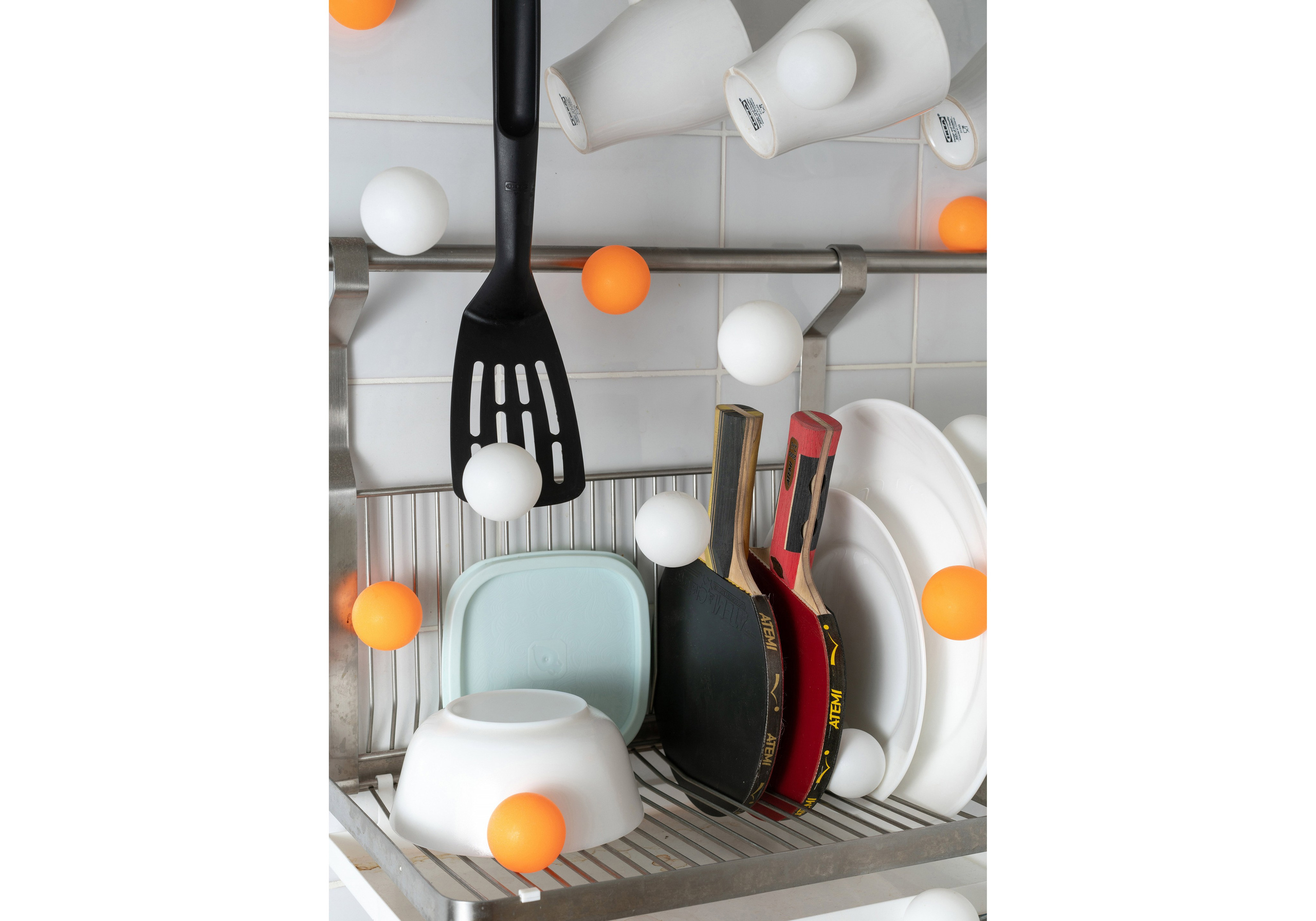
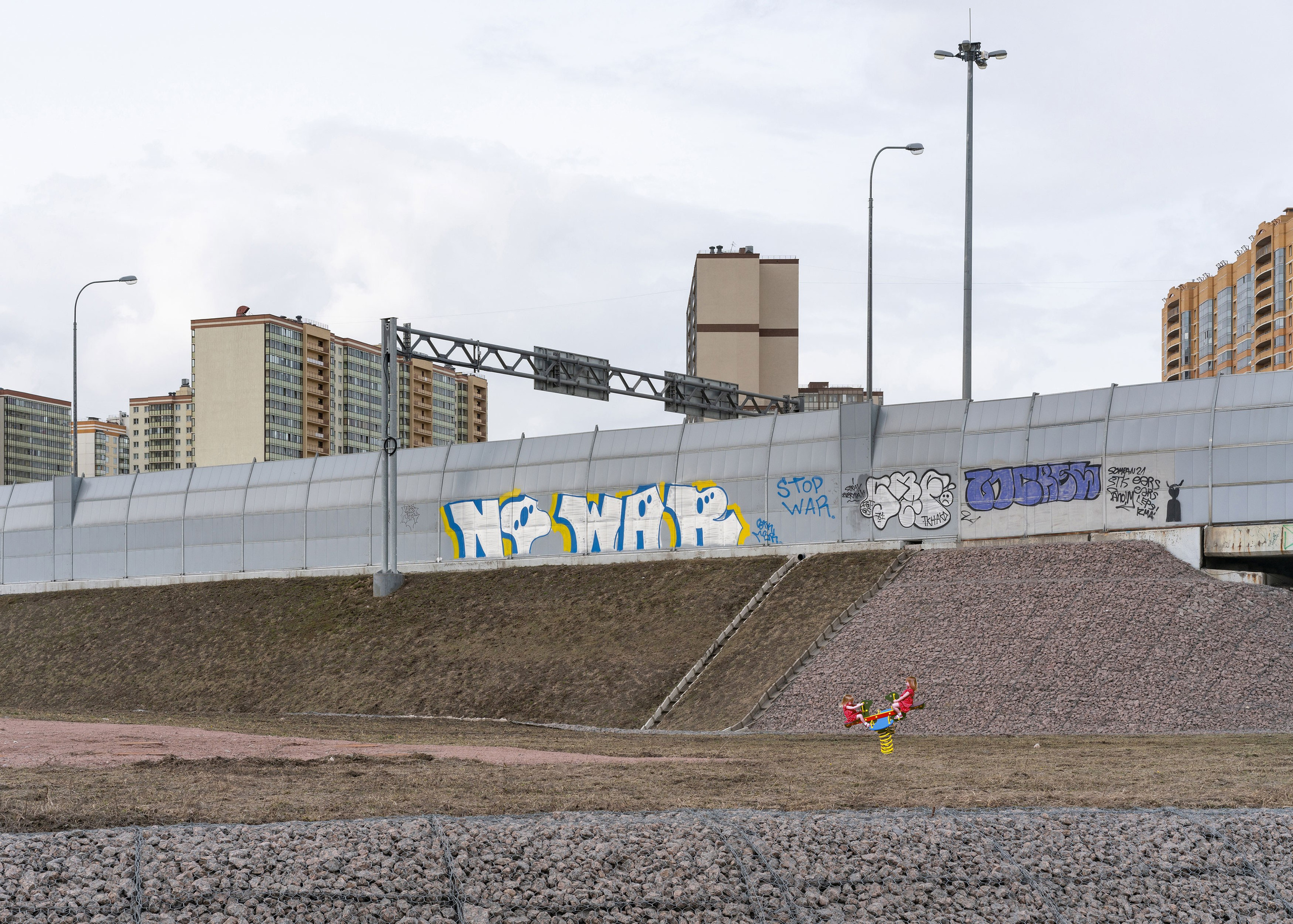
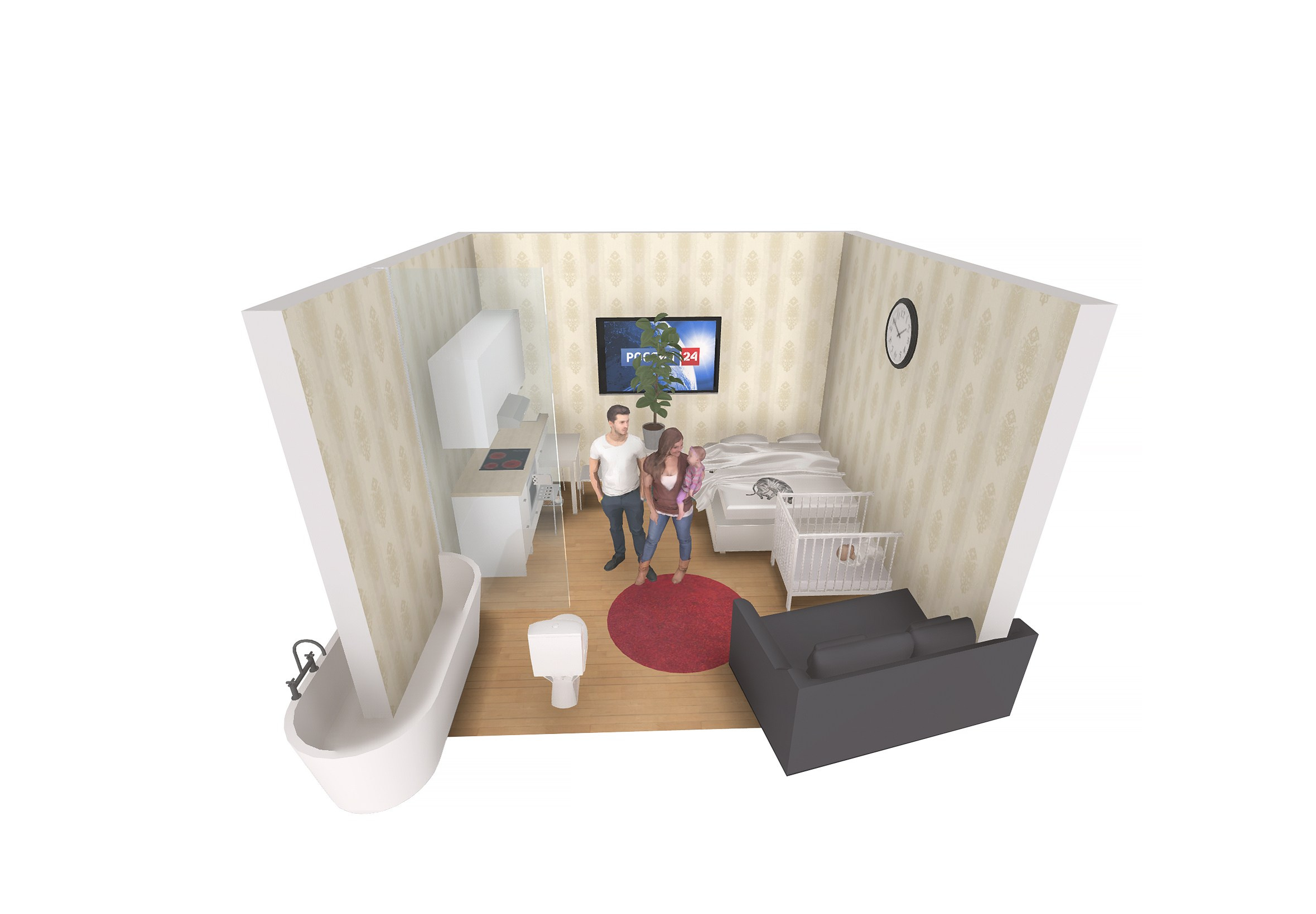
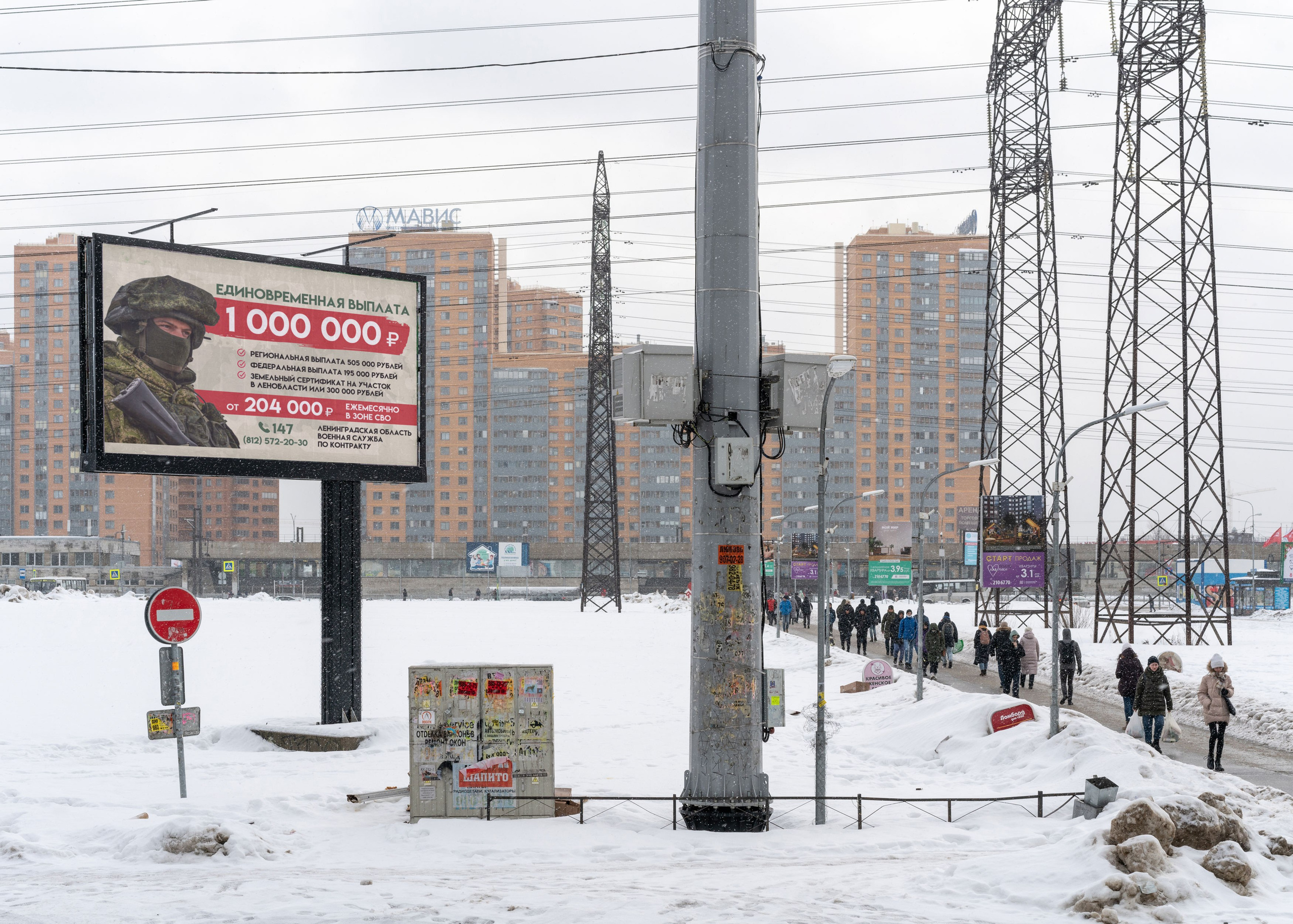
In 2017 I purchased a studio apartment in Murino, a rapidly growing but troubled satellite town on the outskirts of St. Petersburg. This decision was not just experience in buying property but also an immersion into the environment where high-density construction intersects with lack of infrastructure and green spaces.
The housing issue in Russia remains urgent. The per capita living space is only 27 square meters, significantly less than in countries like France (39 sq. meters) or the United States (68 sq. meters). Mortgages, accounting for 90% of real estate transactions, are the only way to homeownership for most Russians. However, recent spikes in mortgage rates, now reaching 28% — a level unseen since the early 2000s — have made housing unaffordable for many.
Rising prices and shrinking living spaces expose a growing gap between government rhetoric and reality. While the president claims that “a tennis table can be placed, if not in every apartment, then on every stair landing” the square footage accessible through mortgages continues to decline.
The growing levels of household debt have become a tool of control. More people are finding themselves financially shackled by loans. Mortgage obligations not only create financial strain but also limit individual freedoms, as fear of losing housing reduces the protest potential. People who find themselves in debt dependence become less inclined to resist social and economic problems, leaving them more vulnerable to government and market pressures.
This work reflects my attempt to highlight some aspects of the housing problem in Russia, based on personal experience and analysis of the situation in Murino and the country as a whole.










